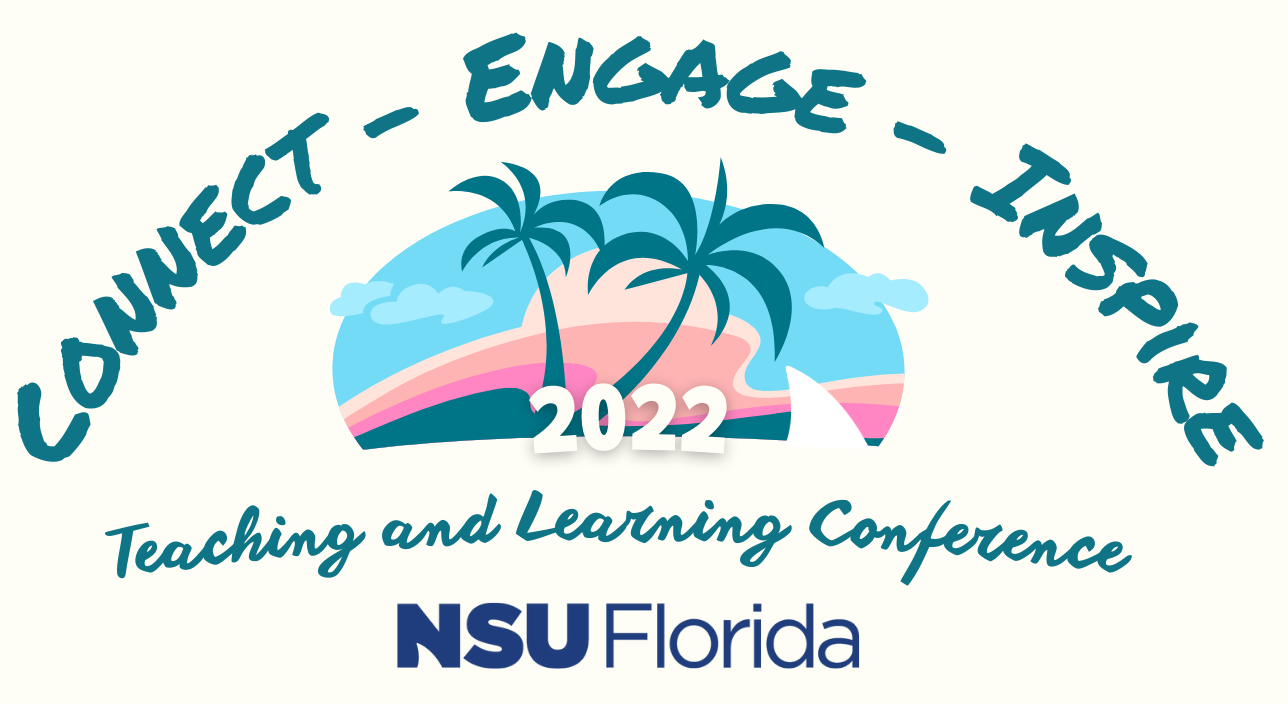Development and Implementation of Course-Based Undergraduate Research Experiences (CUREs) in STEM Education to Connect, Engage, and Inspire Students
Start Date
3-11-2022 9:35 AM
End Date
3-11-2022 10:20 AM
Keywords
Student Engagement Strategies, Instructional Design
Abstract
Student engagement in authentic research is a major goal for life science undergraduate education reform. Development of course-based undergraduate research experiences (CUREs) is one method to address these educational reform goals to connect, inspire, and engage students within the science, technology, engineering, and mathematics (STEM) fields. Studies have shown that CUREs are critical in helping students gain confidence in scientific literacy and critical thinking while also promoting inclusivity and student retention within STEM majors for those in underrepresented populations. In addition, CUREs provide direct benefits to faculty such as increased productivity through integrating teaching and research and the ability to publish with students, both of which are often tied to promotion. Currently, there are two models for CURE pedagogical development: 1) a local model born out of a faculty’s own research interests and 2) a national CURE with a network of faculty and students with centralized programmatic support. CUREs can be developed as a stand-alone course or integrated into an existing course. In the Department of Biological Sciences, Halmos College of Arts and Sciences, we have successfully proposed, developed, and implemented a national CURE that is a part of the Howard Hughes Medical Institute-Science Education Alliance Program. In this CURE, students engage in authentic research experiences by isolating and characterizing novel viruses that infect bacteria in hopes of identifying antibiotic alternatives to treat bacterial infections. Our presentation is for faculty and instructors who want to know how to design, propose, and implement a CURE at Nova Southeastern University.
Learning Outcomes:
- Define a CURE and describe its importance in undergraduate education.
- Describe the two current CURE pedagogical framework models.
- Organize, design and propose a CURE course based on the current models.
- Implement a new CURE course or integrate a CURE into an existing course.
Development and Implementation of Course-Based Undergraduate Research Experiences (CUREs) in STEM Education to Connect, Engage, and Inspire Students
Room 2: Learning Design for STEM
Student engagement in authentic research is a major goal for life science undergraduate education reform. Development of course-based undergraduate research experiences (CUREs) is one method to address these educational reform goals to connect, inspire, and engage students within the science, technology, engineering, and mathematics (STEM) fields. Studies have shown that CUREs are critical in helping students gain confidence in scientific literacy and critical thinking while also promoting inclusivity and student retention within STEM majors for those in underrepresented populations. In addition, CUREs provide direct benefits to faculty such as increased productivity through integrating teaching and research and the ability to publish with students, both of which are often tied to promotion. Currently, there are two models for CURE pedagogical development: 1) a local model born out of a faculty’s own research interests and 2) a national CURE with a network of faculty and students with centralized programmatic support. CUREs can be developed as a stand-alone course or integrated into an existing course. In the Department of Biological Sciences, Halmos College of Arts and Sciences, we have successfully proposed, developed, and implemented a national CURE that is a part of the Howard Hughes Medical Institute-Science Education Alliance Program. In this CURE, students engage in authentic research experiences by isolating and characterizing novel viruses that infect bacteria in hopes of identifying antibiotic alternatives to treat bacterial infections. Our presentation is for faculty and instructors who want to know how to design, propose, and implement a CURE at Nova Southeastern University.
Learning Outcomes:
- Define a CURE and describe its importance in undergraduate education.
- Describe the two current CURE pedagogical framework models.
- Organize, design and propose a CURE course based on the current models.
- Implement a new CURE course or integrate a CURE into an existing course.


